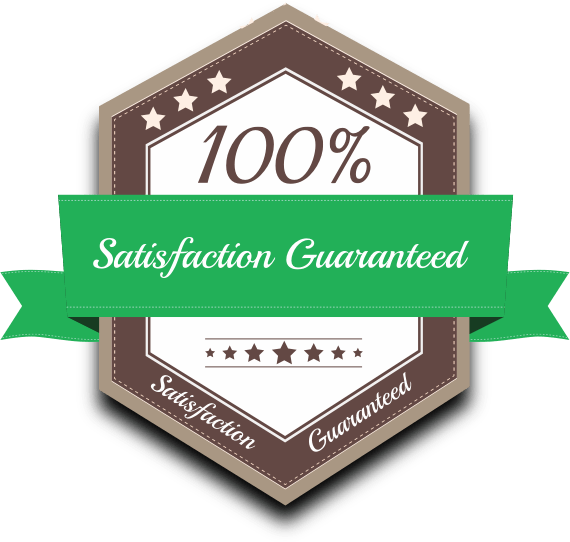Rodent Inspection
Rodents can be a massive problem for home and business owners. They can impact the health of your family, cause extensive damages, and drive business away. It is important to hire a professional when dealing with an infestation of rodents so they can properly inspect your property for problematic areas. This inspection will uncover access points that rodents are using to gain entry into your home or business and areas that have shown signs of rodent activity and damage.
Pest FREE Guarantee
All Natural Services
Licensed & Insured
Competitive Pricing
How to Inspect for Rodents
When inspecting for rodents, it is important for EcoGuard’s technicians to start outside your home or business and work their way inside. When the exterior inspection is being completed, our rodent control experts will focus on any areas that provide the valuable resources that rodents need to survive and stay hidden. This means that areas with available food and water are identified in addition to places to hide like vegetation, debris, woodpiles, and trash bins. If signs of rodents outside are found, there is a good chance that they have moved inside to get better access to additional resources. The interior inspection looks at common harborage points like garages, attics, crawl spaces, kitchens, laundry rooms, closets, and pantries. We will be looking for any areas inside that have enough space for a small rodent to fit through as well as signs of rodent activity like shredded nesting materials, rodent waste, and gnaw marks.
Tools Used in a Rodent Inspection
EcoGuard Pest Management is an expert in rodent inspection.
Rodent Inspection Checklist
- Actual rodent sightings
- Signs of gnawing or chewing
- Clawing sounds coming from inside the wall
- Unpleasant odors
- Structural damages
- Nesting materials like shredded paper, insulation, and linens
- Rat and mice poop
- Rodent urine stains
- Commonly used pathways that rodents use to traverse a home or business
- Grease track marks left in rodent runways
- Rodent tunnels outside
Rodent Inspection Could Reveal Rodent Species
Where to Look for Signs of Rodent Activity & Access
Our rodent experts will thoroughly inspect a property, but we will be sure to focus our inspection and treatment around areas where rodents are most likely to found. The most common places to find rodent activity include:
- Inside the attic
- Inside, under, and behind kitchen cabinets
- Under large kitchen appliances
- Inside closets
- Around doors
- Around areas where plumbing or electrical passes through walls
- Near hot water heaters and furnaces
- Inside vents
- Inside basements and crawlspaces
- Inside pantries
- Under and inside overgrown vegetation
- Piles of debris or trash like piles of leaves and firewood
- Near compost bins and trash cans
How to Evaluate the Extent and Size of Rodent Infestation
The inspection will also reveal the extent and size of infestation and damages caused by the rodents. This is important for treatment because the size of the infestation will determine how large of a treatment area is needed to effectively reduce and stop rodent populations. If the infestation exceeds the boundaries of the property, it will require that the properties adjacent to the infested property are also treated otherwise rodents will continue to cause problems. The size of a rodent infestation is also important to track because rodent management can catch and exterminate some of the rodent problem but if there are any remaining rodents, they will likely proliferate in a short time and populations will rebound. By monitoring the presence of rodent activity, our team can appropriately determine the best plan of action to effectively control your rodent problem.
For immediate service for all of your rodent control concerns please call 866-326-2847 or complete this form.
Create a Customized Treatment Plan to Get Rid of Rodents
Since rodents pose a serious health threat to your home and family, it is important to treat for rodents as soon as you notice signs of activity. EcoGuard Pest Management uses an integrated pest management approach that combines the benefits of a multi treatment approach designed to treat your mice problem and rat problem combined with prevention strategies like sealing entry points to stop rodents from entering your home. The IPM approach leverages the benefits of different treatments like baits and traps to ensure that rodents are exterminated completely so their populations don’t return. We also offer rodent clean out services that will help restore your property and our on-going treatments will help monitor for new rodent activity in the event that the rodents come back. Call today to schedule an inspection so our licensed rodent control experts can create a custom plan and provide you with the desired results as soon as possible.



